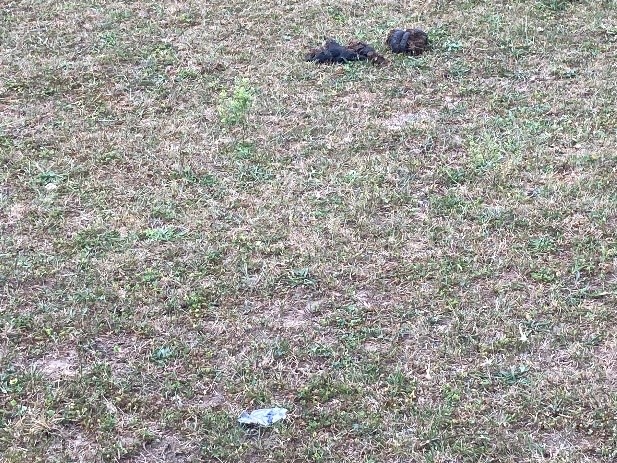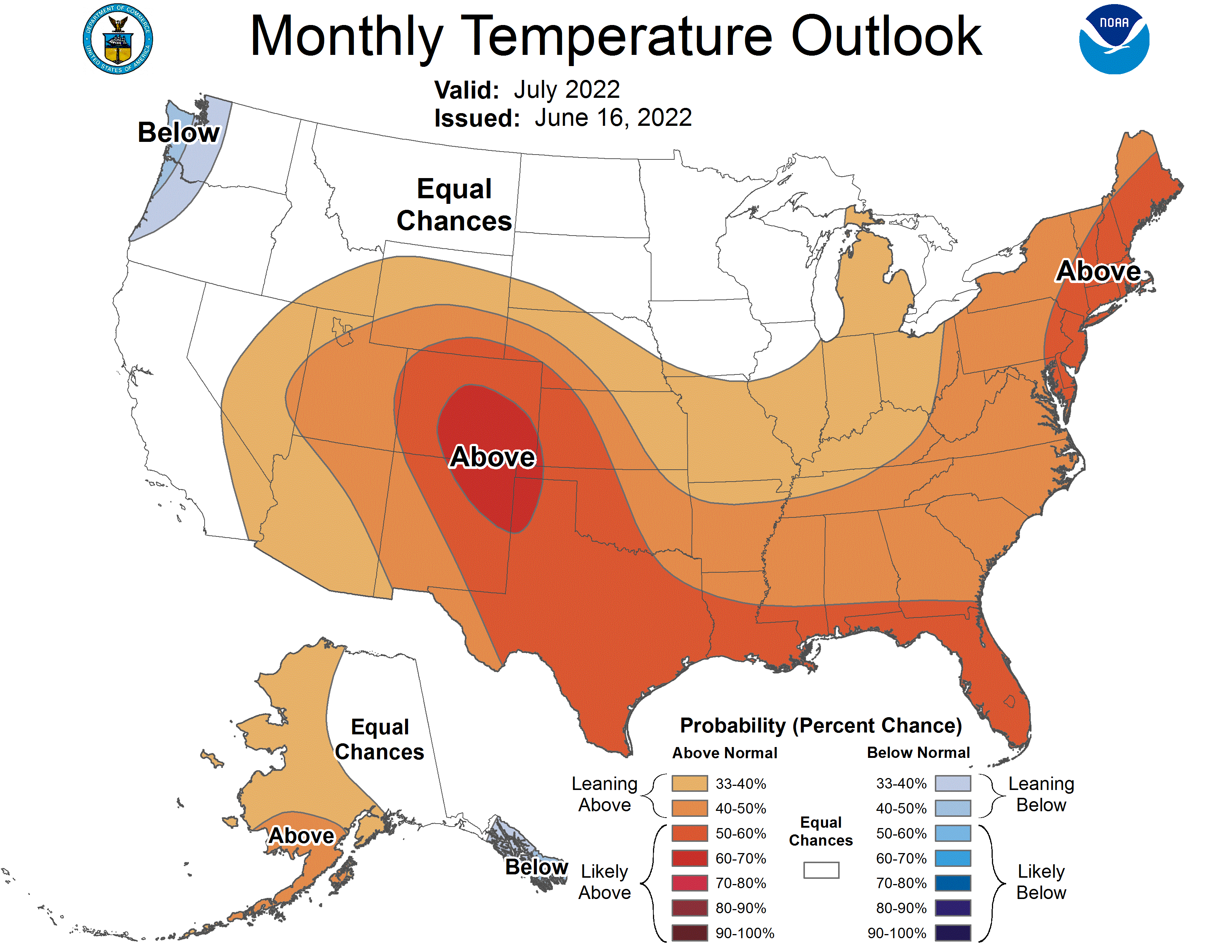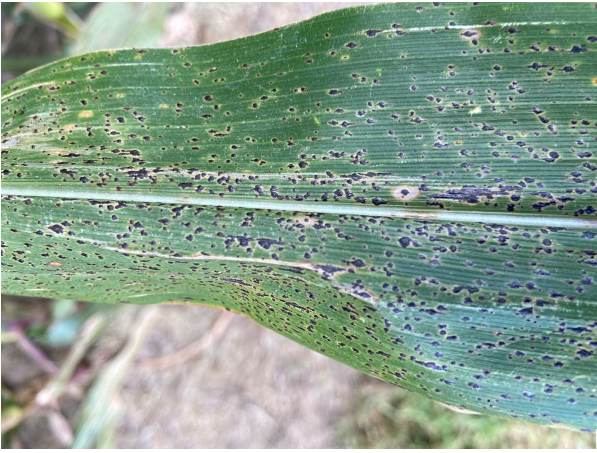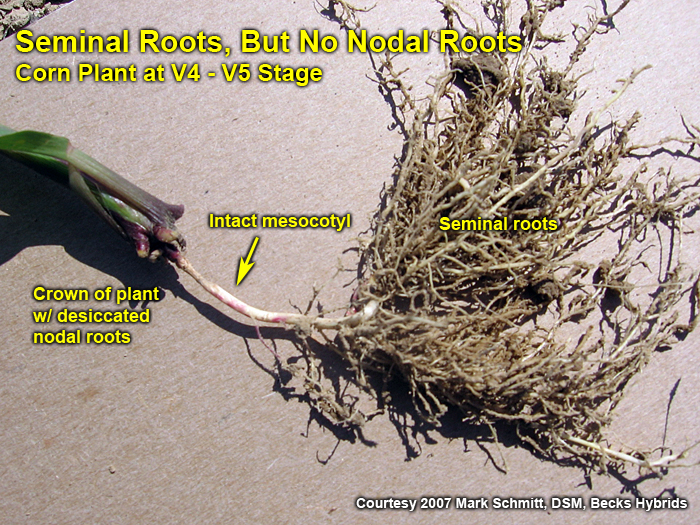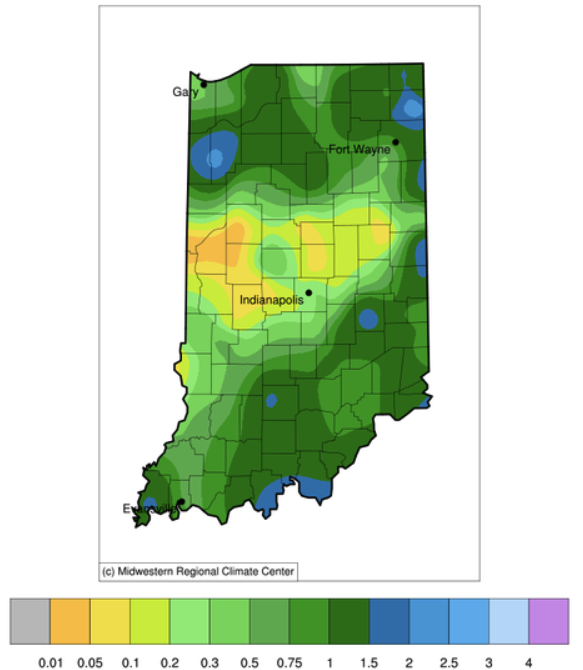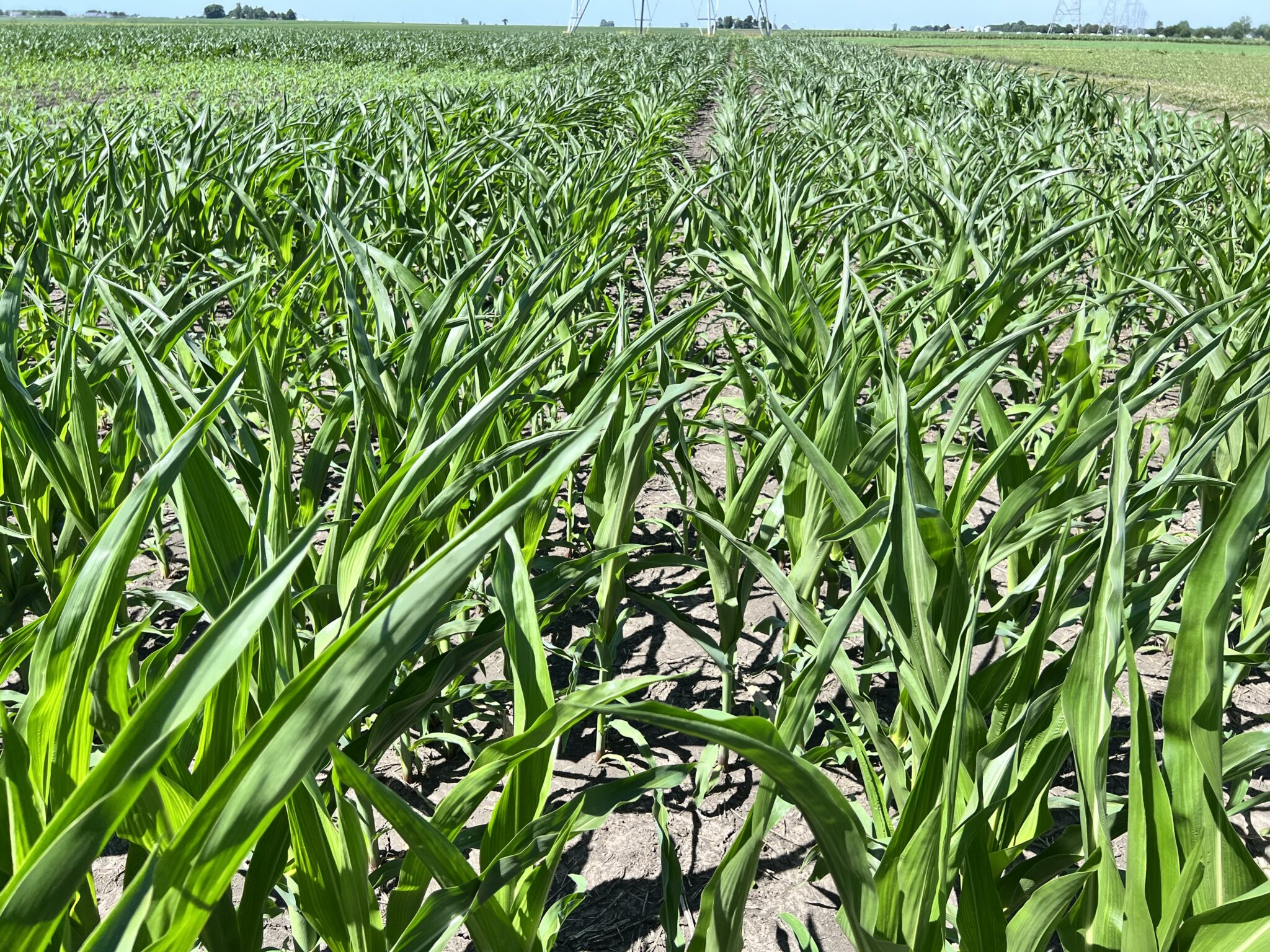
Max air temperatures for central and southern Indiana averaged 89- and 90-degrees F, respectively for the week of June 12th, 2022 which measured 10% above the 30-year average. In addition, air temperatures of 96-degrees F and above were observed during the week and record max air temperatures for this point in the season were observed in multiple locations across Indiana. Unfortunately, similar high temperatures are expected for the week of June 20th, combined with minimal chances for precipitation. Therefore, as high temperatures continue to persist and soils begin to dry out, this begs the question of what will happen to the corn crop? And, should I be concerned? The good news is that corn originated from a tropical grass and has been observed to withstand temperatures upwards of 112-degrees F for short periods, with plant growth typically decreasing when temperatures exceed 95-degrees F (Thomison, 2016). Therefore, temperatures in the[Read More…]


